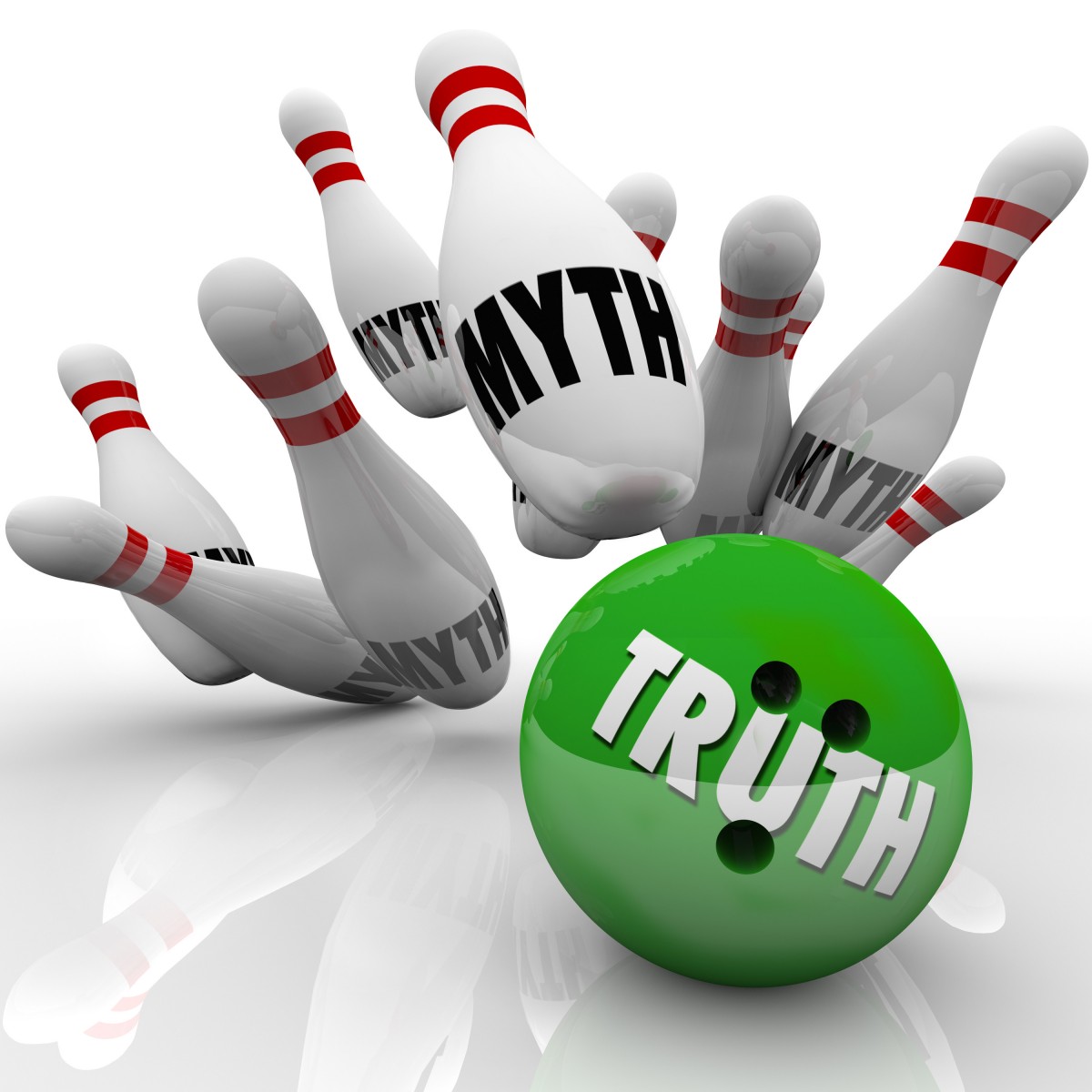23 December 2014 
As we gather around our tables and hearths this Christmas season, we'll hear family tales of all sorts. Some are things we want to believe, given that it's Grandma who's telling them. Some things will be so fantastical we all but grab for the salt shaker. Or, maybe, our family takes an outing to a local historical site, where a fascinating tour guide piques our curiosity with a slew of tales based on what he calls "local lore" or "tradition."
Our curiosity is piqued by one or another story and we set out to investigate it. In short order, we find five different published sources—two local histories, an early newspaper account, a middle-school textbook, and a socioeconomic study published by a university press—all reporting reporting that same basic account, but with wildly different variations. Given that we're dealing with "tradition," how do we prove what the documentable facts might be, what is demonstrably wrong, and what is realistically possible?
EE's game plan would likely emphasize these four strategies—with, of course, wiggle room for alternate plays, when discoveries warrant them.
- Identify the source or sources used by each published account.
- Follow the paper trail for each of those sources to its earliest written form.
- Weed out sources that are simply hearsay, those that copy each other, or those that are otherwise unreliable.
- Independently pursue each detail in the tradition in surviving records until we are back to original sources based on information by informants who have firsthand knowledge of the event or situation.
Yes, it would be tempting to just start with Point 4: head straight for the records we know so well by now, to see what can be found. But knowing when and how a story began will tailor our research to the right time frame and point us to other records that are not yet part of our normal toolkit.
PHOTOCREDITS: "Truth vs Myth Bowling Facts Investigating Busting Untruth," CanStockPhoto (http://www.canstockphoto.com/images-photos/myth.html#file_view.php?id=16983938l : accessed 1 November 2014), uploaded 25 November 2013 by iqoncept; used under license.
Carter family myth
I'm thinking of a myth that had been perpetuated by most of the clan back home. I tried to find the sources, but any first hand observers were long since deceased. The event took place when my husband's grandparents were young. So, no eye witnesses. I searched historic newspapers and found a local account which explained that no charges were made against my husband's grandfather because the shooting "victim" had been in the process of a robbery when he was shot. Grandpa was vindicated. Recently, I found another short article found in the Charlotte Observer, 309 miles away from the where the incident took place. There were no others living to verify the story's facts. No court records. Just two newspaper articles. With that information, the basic events unfold, but who can say there wasn't one shred of fact to the myth when thinking of all the possibilities that were omitted or covered up? Perhaps we'll never know.
Debra,
Debra,
I faced a similar situation in my work on Cane River, with a tradition of a Civil War-era man of color shooting a "white dentist ... while the dentist was drilling him." There, too, the answer did not come from local court records. It came from a Civil War reparations claim filed by the dead man's widow—part of records for a "foreign" claims commission for which the shooter's American-born family was not eligible to apply—and housed 1200 miles away at the National Archives. (And the dentist wasn't actually a dentist. He was a medical doctor who had volunteered to be drillmaster for the local militia.) The key to finding the testimonies in this case was doing thorough research on all individuals who lived in that community, even those of no known association.